Latest Mortgage Rates News and Trends in the US Market
Understanding Current Mortgage Rate Dynamics
Mortgage rates in the US have seen significant shifts in recent months, influenced by evolving economic conditions. As home loans become more competitive, borrowers are navigating a landscape marked by fluctuating interest rates. These changes reflect broader trends in the housing market trends, including demand for properties and lending standards.
Key Factors Influencing Today’s Mortgage Rates
Interest rates are primarily driven by the Federal Reserve’s monetary policy, inflation levels, and economic growth. Recent data shows that rising inflation has pressured lenders to adjust mortgage rates, impacting affordability for potential buyers. Additionally, housing market trends play a role, with high demand in certain regions pushing rates upward.
Historical Context of Mortgage Rates in Recent Years
Over the past decade, mortgage rates have oscillated between historically low levels and periods of rapid increase. For instance, post-2020 saw record lows due to pandemic-era stimulus, but recent years have seen a reversal as central banks tightened policies. Understanding this history helps contextualize today’s mortgage rates and their implications for financial planning tips.
Expert Predictions for Future Mortgage Rate Movements
Economists predict mortgage rates may stabilize in the coming quarters, depending on inflation control and employment data. While some anticipate a slight decline, others warn of continued pressure from rising interest rates. These forecasts are critical for homebuyers evaluating long-term housing market trends.
How Economic Indicators Affect Mortgage Pricing
Gross domestic product (GDP) growth, unemployment rates, and consumer spending all influence mortgage pricing. When the economy strengthens, lenders often raise rates to mitigate risk. Conversely, weak economic indicators may lead to lower rates, offering opportunities for those seeking affordable home loans.
Comparing Fixed vs. Adjustable-Rate Mortgages in 2025
Fixed-rate mortgages provide stability, while adjustable-rate mortgages (ARMs) offer initial lower rates that may rise later. In 2025, the choice depends on individual financial goals and housing market trends. Borrowers should weigh risks and benefits carefully, especially amid uncertain interest rates.
The Role of Federal Reserve Policies on Housing Finance
Federal Reserve decisions directly shape mortgage rates through benchmark interest rates. Recent tightening cycles have raised borrowing costs, affecting both home loans and broader economic activity. For deeper insights into regulatory frameworks, visit Establishment And Legal Framework Necta.
Regional Variations in Mortgage Rates Across the United States
Mortgage rates vary significantly by region, influenced by local economies, housing supply, and state-specific regulations. Urban areas often see higher competition, driving rates up, while rural regions may offer more favorable terms. Understanding these differences is essential for effective financial planning tips.
Tips for Homebuyers Navigating Today’s Market
Homebuyers should prioritize improving credit scores, comparing lenders, and locking in rates early. Financial planning tips include budgeting for closing costs and considering long-term housing market trends. Staying informed about mortgage rates and interest rates can help secure better deals.
Impact of Inflation on Mortgage Affordability
Rising inflation increases the cost of goods and services, indirectly affecting mortgage affordability. Higher interest rates compound this challenge, making home loans more expensive. Borrowers must balance immediate costs with long-term financial goals to navigate these pressures.
Technology’s Influence on Mortgage Rate Transparency
Advancements in technology have made mortgage rate transparency easier than ever. Online platforms allow borrowers to compare rates instantly, while AI-driven tools analyze personal financial data to recommend optimal home loans. This innovation empowers consumers to make informed decisions about interest rates.
Government Programs Supporting First-Time Homebuyers
Programs like FHA loans and down payment assistance aim to reduce barriers for first-time buyers. These initiatives align with housing market trends by promoting homeownership accessibility. Eligibility criteria and benefits vary, so exploring options is crucial for those seeking affordable home loans.
Long-Term Outlook for Mortgage Rates in the Next Decade
Analysts project mortgage rates will remain volatile over the next decade, shaped by global economic shifts and policy changes. While interest rates may trend downward in some periods, sustained inflation could keep them elevated. Long-term planning requires flexibility and awareness of housing market trends.
Common Misconceptions About Mortgage Rate Fluctuations
Many believe mortgage rates only rise, but historical data shows periodic declines. Another myth is that fixed-rate mortgages are always better; ARMs can be advantageous in low-interest environments. Clarifying these misconceptions helps borrowers make smarter financial decisions.
Strategies for Locking in Favorable Mortgage Terms
Borrowers should work with trusted lenders, monitor economic indicators, and consider rate-lock agreements. Financial planning tips emphasize timing purchases during stable rate periods and leveraging strong credit profiles to secure competitive home loans and interest rates.






